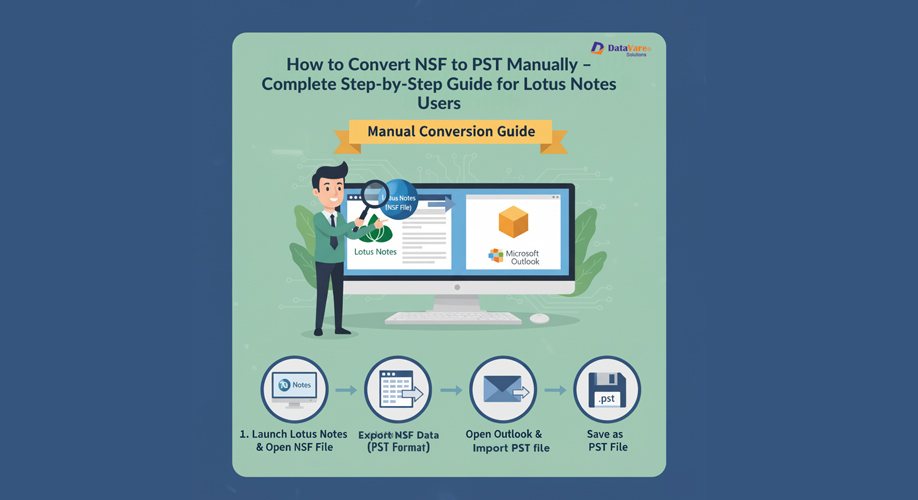The global e-commerce industry is rapidly expanding and has made a substantial contribution to global retail sales in recent years.
E-commerce is the future of global commerce; it is all set to be the norm as more people are accepting this method of buying and selling goods.
The primary reason behind the growth of the e-commerce sector can be credited to the convenience quotient. It makes the shopping experience as convenient as possible at the present technological development.
E-commerce companies have made it easier for people to make a purchase. All customers have to do is access to the website using their internet-enabled devices, choose the items they desire, and complete the checkout process by paying the specified sum.
Without going anywhere, you can bring goods home. Long queues at the shopping malls are a major deterrent for many people who don’t want to put much time and efforts to purchase a particular product.
E-commerce primarily caters to this problem faced by a majority of people. The growth of the ecommerce sector has also invited many new participants in this industry.
If you’re in the e-commerce business, you’re probably aware that differentiating and standing out from the competition is becoming increasingly important in order to succeed.
One of the most important things is developing an ecommerce app in addition to the website. You can easily avail services from some of the most reputed mobile app development agencies and create your app.
Most people are now accustomed to using many apps on a daily basis to do their tasks. An online shopping app will help to alleviate the user experience to a whole new level.
It is more organised and offers better navigation to the user. The user interface and experience are surely a conversion booster.
Building an E-commerce Application: Dos and Don’ts
In the modern digital era, what matters the most for a customer is the user experience and support offered by the brands. The need for personalisation of goods and services is a must is contemporary.
You can’t go on with a ‘one size fits all’ approach in the present day scenario. An e-commerce application specifically caters to the personalisation of services that helps to deliver a good customer experience to the users.
Let’s take a closer look at some of the important dos and don’ts of developing an e-commerce app.
Registration Process
You should not be requesting irrelevant information from the user only to collect more data. Your registration process shouldn’t be cumbersome as the online audience has a very short attention span and they might leave your app/website.
You should also avoid asking making the password requirement too complicated. By including guest login tools, one can make the registration procedure as simple as feasible.
The entire registration procedure can be broken down into many sections, such as personal information, shipping information, and contact information.
One of the best practices to follow includes only mobile verification instead of mobile and email verification.
Product Catalogue
One of the major deterrents for users from buying on an online store is a randomly distributed product catalogue. You should avoid randomly distributing products in the app.
You should follow the best practices and arrange the products in categories before putting them in the application. You can take it a step further by offering personalised listings based on user preference and purchase history.
You should always display the trending and discounted items on the homepage. Discounts and offers lure in more customers and compel them to buy.
Product Description
Your product description should not be overly extensive or difficult to comprehend for the ordinary user. It should be such that even people with little command over the language can help to identify the benefits that your products will offer.
Using bullet points in the product description is also recommended as it helps in better readability. You might also include a section that shows all of the features at once.
Your product description should begin with an issue that your solution solves and then highlight the product’s unique selling proposition (USP).
Push Notifications
Are you aware of the fact that as much as 71% of app uninstallation happens because of too many notifications? Customers have multiple applications on their phone and they receive some or the other notification from each app.
You should avoid sending too many notifications using push notifications. Before sending any kind of notification one should seek the user’s approval.
You can try sending personalised notifications to the users based on their historical purchase decisions. This may assist you in increasing your conversion rates.
Customer Support
Your ecommerce app shouldn’t just stick to the traditional customer support methods. You should leverage the latest technology and trends to provide better customer support.
Installing chatbots on your app for rapid query resolution is a good place to start. It will also help a great deal in saving time and money for your e-commerce business.
Checkout Section
When the customer registers with your application you already have all the important information need to facilitate the shipping. You should avoid asking for the same contact and shipping details that you asked for in the beginning.
You should also avoid providing only one payment method to the user for making their purchase. Your checkout process should not be in multiple phases, keep it as precise as possible.
You should use the contact and shipping information already provided by the user, in the beginning, however, you can provide them with an option to change if needed.
You should integrate the application with multiple payment methods to facilitate the purchase including credit card, bank transfer, UPI, cash on delivery, etc.
Adding the ability to save cards during checkout improves the customer experience. The user should be able to edit orders on your checkout page, and all relevant information should be displayed on a single page.
Analytics
You should not limit yourself to personal judgement or call for analysing the performance of your ecommerce mobile app.
You should add some of the most popular and widely accepted analytic tools to evaluate the real-time performance of your application. You should use the data gathered from your analytics to provide a better user experience in a more personalised way.
Social Media Plugins
You should always add social media plugins in your application so that the users can share a product they might like and it will help you obtain organic traffic from different sources.
Conclusion
These were some of the major dos and don’ts while creating an online shopping app that you must follow to reap the full benefits of your creation. It will also help to make the shopping experience better for the users and help you obtain more credibility in the industry.
















Add Comment